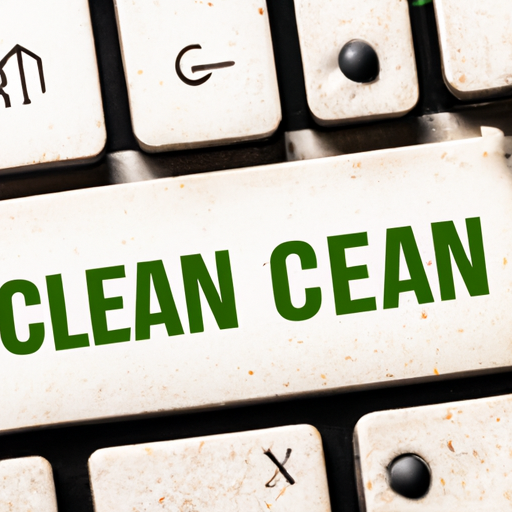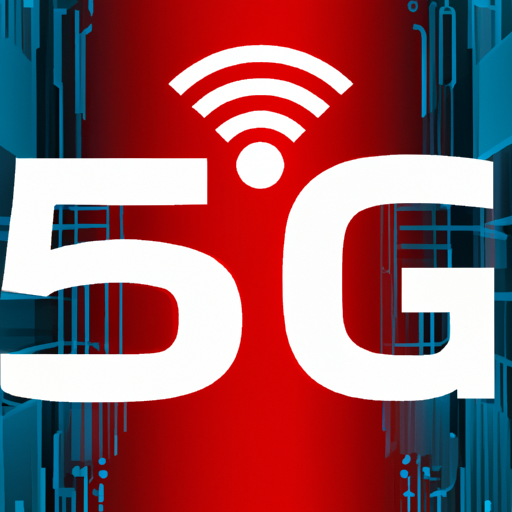In today’s digital landscape, personalization algorithms play a pivotal role in transforming how brands interact with consumers. These algorithms analyze user behavior to deliver tailored experiences that resonate with individual preferences.
The Rise of Personalization Algorithms
As technology evolves, businesses are increasingly relying on AI and machine learning to refine their marketing strategies. Personalization algorithms utilize vast datasets to identify patterns, predict behaviors, and engage users effectively. Whether it’s customized product recommendations or personalized content delivery, these algorithms ensure that each interaction is relevant and meaningful.
How Personalization Works
At the heart of personalization algorithms lies data. By analyzing user data such as browsing history, purchase patterns, and demographic information, these algorithms create unique user profiles. This information is then used to deliver customized experiences across various platforms.
Key Components of Personalization Algorithms:
- Data Collection: Gathering data from various touchpoints including websites, apps, and social media.
- Segmentation: Dividing users into specific groups based on behavior and interests.
- Machine Learning Models: Using historical data to predict future actions and preferences.
- Dynamic Content Delivery: Offering personalized content in real-time to enhance user engagement.
Benefits of Personalization Algorithms
The integration of personalization algorithms into marketing strategies offers several benefits:
- Increased Engagement: Users are more likely to interact with content that is tailored to their interests.
- Higher Conversion Rates: Personalized recommendations can significantly boost sales and conversion rates.
- Improved Customer Retention: Providing a unique experience fosters brand loyalty and repeat business.
The Future of Personalization
As the demand for personalized content grows, the use of data-driven marketing strategies will continue to expand. Companies that leverage personalization algorithms effectively will not only improve their customer experiences but also stay ahead of the competition.
In conclusion, personalization algorithms are not just a trend; they are the foundation of successful digital marketing strategies. By understanding and implementing these algorithms, businesses can create meaningful connections with their customers, leading to long-term success.
Stay tuned for more insights into the evolving world of technology and marketing!












